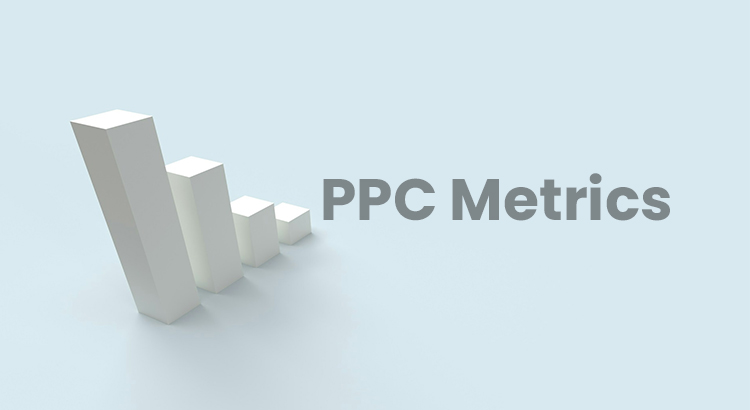PPC advertising is one of the important of digital marketing strategies for businesses across various industries. However, merely launching PPC campaigns is not enough; advertisers need to delve into the metrics to understand their campaigns’ performance fully. This article will delve into the ten most important PPC metrics every marketer should know.
Related Article: PPC Advertising: A Step-by-Step Guide to Successful Campaigns
What Are PPC Metrics?
Pay-Per-Click metrics are the lifeblood of digital advertising campaigns. They serve as key performance indicators (KPIs), offering insights into various aspects of campaign performance.
By understanding and analyzing these metrics, advertisers can gauge the effectiveness of their campaigns, make data-driven decisions, and optimize for better results.
Essentially, PPC metrics provide advertisers with the necessary data to measure ROI, track progress, and refine strategies.
Most Important PPC Metrics
1. Quality Score
Quality Score is a fundamental metric that evaluates the relevance and quality of your ads compared to competitors. A high-quality score indicates that your ads are resonating well with the target audience, leading to more authentic leads and better ad placements.
2. Impressions
Impressions represent the number of times your ad is displayed to users, irrespective of whether they click on it or not. Monitoring impressions provides insights into the visibility and reach of your ads across different platforms.
3. Click-Through Rate (CTR)
CTR measures the ratio of clicks to impressions, indicating the percentage of users who clicked on your ad after viewing it. A high CTR signifies that your ad is compelling and relevant to the audience, driving traffic to your website.
Learn More: What Is Google Ads Click Through Rate & How to Improve CTR?
4. Average Position
Average Position denotes the average ranking of your ad on the search engine results page (SERP) compared to other ads targeting similar keywords. It is influenced by factors such as bid amount, ad relevance, and user intent, offering insights into your ad’s visibility and competitiveness.
5. Impression Share (%)
Impression Share reflects the percentage of available impressions that your ad receives compared to competitors. Monitoring impression share helps identify opportunities to increase ad visibility and outperform competitors in the auction.
6. Conversion Rate (%)
Conversion Rate measures the percentage of users who take the desired action (e.g., making a purchase, signing up) after clicking on your ad. A high conversion rate indicates that your ad effectively persuades users to take action, contributing to your campaign’s success.
Useful Article: Conversion Rate Optimization: Turning Clicks into Customers for Small Businesses
7. Source and Conversion Tracking
Tracking traffic sources and conversions provides valuable insights into user behavior and campaign performance. By identifying prominent traffic sources and analyzing conversion paths, advertisers can optimize their campaigns for better results and ROI.
8. Cost Per Click (CPC)
CPC represents the average cost incurred for each click on your ad. It is calculated by dividing the total cost of clicks by the total number of clicks received. Monitoring CPC helps advertisers manage their budget effectively and optimize bidding strategies.
9. Cost Per Acquisition (CPA)
CPA measures the average cost of acquiring a customer or generating a conversion. By comparing CPA across different channels and campaigns, advertisers can allocate budget more efficiently and optimize for higher returns on investment.
10. Revenue on Ad Spend (ROAS)
ROAS quantifies the revenue generated from your PPC campaign relative to the total ad spend. It enables advertisers to evaluate the profitability of their campaigns and allocate resources to maximize ROI.
Summary of PPC Metrics
Understanding and monitoring these ten essential PPC metrics are paramount for advertisers aiming to maximize the effectiveness of their campaigns. By leveraging these metrics effectively, advertisers can optimize their campaign and achieve their business objectives.


